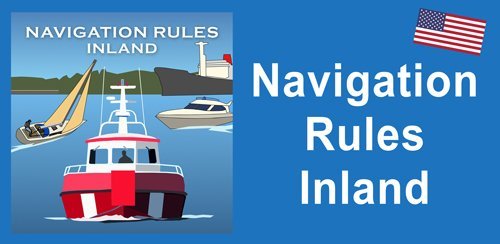Navigators use a combination of techniques to estimate their position at sea. The primary method used today is GPS (Global Positioning System), a network of 24 satellites that became fully operational in the 1990s and was originally restricted for use by the United States military. Standard consumer GPS receivers today, including smartphones, have an accuracy of about five metres, while high end devices including military and surveying applications are accurate to within a few centimetres.
Prior to the arrival of GPS, navigators used ground-based radio navigation systems such as LORAN and Decca Navigator, widely used by commercial shipping and aircraft.
Other traditional forms of navigation that are still in use today include dead reckoning and celestial navigation. Celestial navigation involves using the stars, moon and sun to determine latitude and longitude. Dead reckoning involves estimating position based on a known starting point, direction and speed. By using these traditional techniques, experienced navigators can determine their position at sea with a reasonable degree of accuracy.
What if the GPS receiver fails for some reason?
Wonderful as GPS is, it is not immune to failure, so anyone navigating at sea must be able to find their way without it. A GPS can stop working for a number of reasons, from battery failure, equipment malfunction, to a loss of signal. Having a back-up device with spare batteries on board is therefore always advisable.
If a GPS fails due to a loss of signal, then a navigator can estimate their position at sea by using traditional methods and tools using a combination of dead reckoning and celestial navigation. This is where training in navigation skills really counts and is of critical importance.
Dead reckoning
Dead reckoning involves estimating your position based on your speed, direction and the distance travelled since your last known position. This technique requires accurate measurement of speed and direction, the use of paper charts, compass and a traditional plotter. This method can be very accurate, depending on the skill of the navigator, but is subject to cumulative errors over time.
Celestial navigation
Celestial navigation involves measuring the angle between a celestial body, such as the sun or a star, and the horizon, and then using tables and formulas to calculate latitude and longitude. This technique requires a clear view of the sky and a sextant, which is a precision instrument used to measure angles.
Combining celestial navigation and dead reckoning can help increase the accuracy of position estimation, as each technique has its own strengths and weaknesses. In addition, it’s important to maintain a careful log of your movements and to regularly check your estimated position against visual landmarks, such as coastlines or buoys, to confirm your location.
Circle of uncertainty
Navigators often use the concept of an area of uncertainty or circle of uncertainty to help estimate their position. The area of uncertainty is the area on a map within which a navigator can reasonably expect their position to be, based on their estimated position and the accuracy of the methods used to calculate it. The size of the area of uncertainty is affected by factors such as the accuracy of the measurements used, the time since the last known position, and the navigator’s skill and experience.
Navigators use the circle of uncertainty to make decisions about their route, speed and timing. The goal is to reduce the uncertainty as much as possible and to increase the accuracy of the estimated position.
Tip:
Always carry paper charts and keep a manual log of where you are and what course you should be steering to reach the next waypoint. You should update the log every half hour and then if the GPS ever fails you will have a good indication of where you are and this will help you to navigate back to land using traditional methods.













